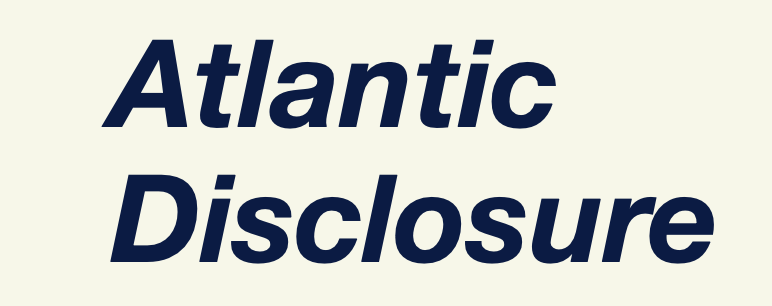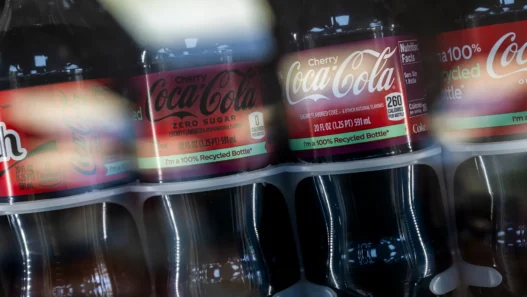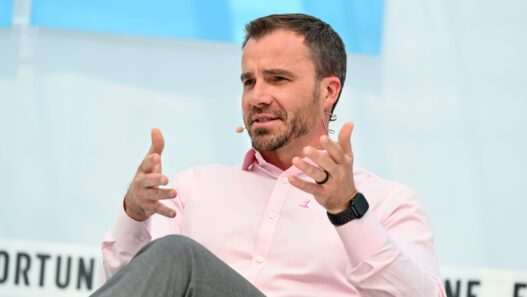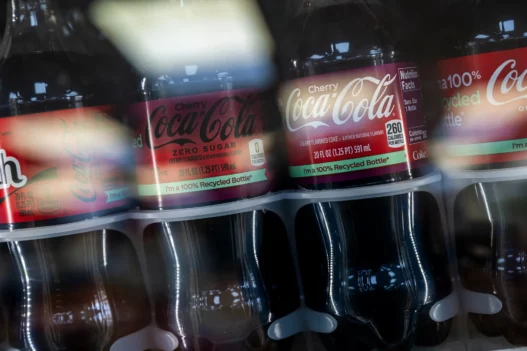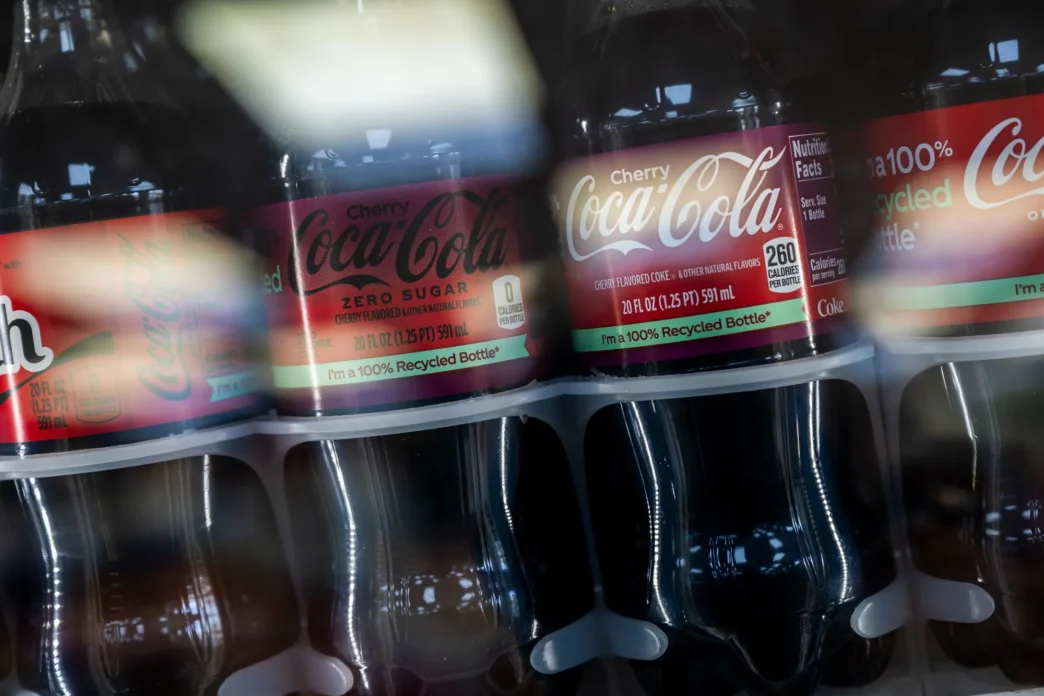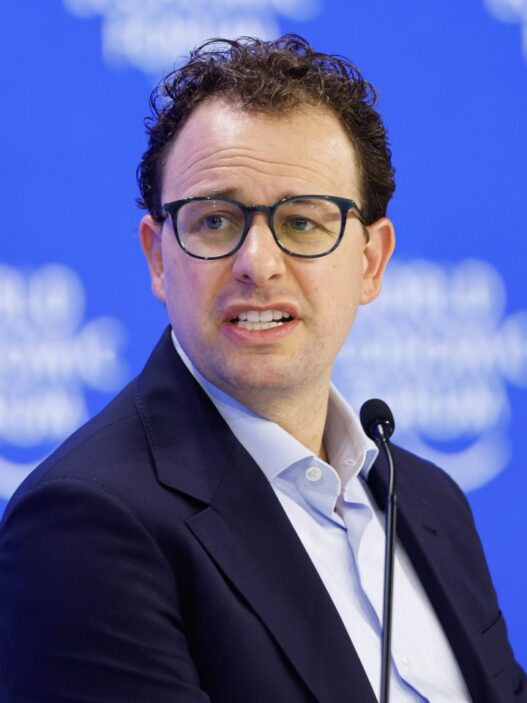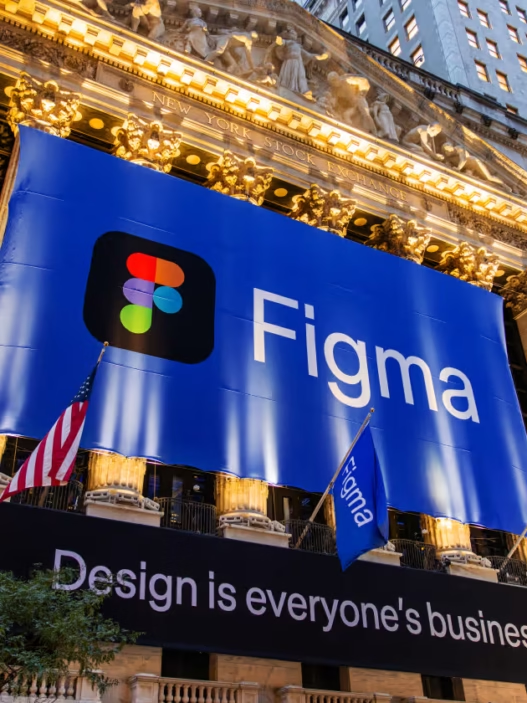In a landmark move set to reshape the American beverage distribution landscape, two major Coca-Cola bottlers have agreed to merge in a $2.6 billion deal, creating one of the largest regional bottling networks in the United States. The combination is expected to enhance operational efficiency, improve distribution coverage, and position the merged entity to better compete in an evolving beverage market dominated by consumer preferences for convenience, health-conscious options, and digital engagement.
The Deal: Key Details
The merger involves Bottler A and Bottler B, both long-standing partners of The Coca-Cola Company with overlapping and complementary regional territories. The deal includes:
- Total transaction value: $2.6 billion
- Payment structure: Combination of cash and stock consideration
- Closing timeline: Expected by late 2025, pending regulatory approvals
- Strategic intent: Consolidate distribution networks, reduce costs, and expand market reach
Industry analysts note that the merger reflects a broader trend of consolidation in the bottling sector, as Coca-Cola’s franchisees seek economies of scale to navigate rising commodity prices, labor costs, and logistics challenges.
Strategic Rationale
Coca-Cola bottlers operate under a franchise model, producing, distributing, and marketing beverages for their regions. Combining operations allows the merged entity to:
- Enhance Operational Efficiency – Streamlining production and distribution systems can reduce costs per unit and improve delivery speed.
- Expand Market Coverage – The merged territories provide greater coverage in both urban and suburban markets, enabling faster product launches and promotional campaigns.
- Leverage Scale for Negotiations – Larger bottlers can negotiate better terms with suppliers, logistics partners, and retailers.
- Accelerate Innovation – Shared technology investments, such as smart vending and digital ordering systems, can be rolled out more rapidly across a wider network.
Coca-Cola’s CEO commented:
“This merger strengthens our bottling network and positions us to meet evolving consumer demands with greater efficiency and flexibility. Our franchise model thrives when our bottlers are robust, well-capitalized, and innovative.”
Market Impact
The beverage sector is experiencing dynamic changes:
- Consumer Preferences: Health-conscious choices, sparkling water, and low-sugar alternatives are reshaping product portfolios.
- Competitive Pressures: PepsiCo, Nestlé, and emerging functional beverage brands are increasingly vying for shelf space and consumer attention.
- Supply Chain Challenges: Rising raw material costs and labor shortages have put pressure on bottlers to improve efficiency.
By consolidating, Coca-Cola’s U.S. bottlers aim to reduce fragmentation and improve resilience against market disruptions, which could ultimately benefit retailers and consumers alike.
Financial Outlook
The $2.6 billion transaction positions the merged entity for robust growth and improved profitability:
- Revenue Potential: Combined annual revenue is expected to exceed several billion dollars.
- Cost Synergies: Analysts estimate $100–150 million in annual savings from production efficiencies, logistics optimization, and administrative consolidation.
- Capital Investment: The new entity plans to invest in automation, warehouse expansion, and sustainability initiatives, including recycling and energy-efficient bottling plants.
Market analysts have largely viewed the deal favorably, citing the strategic need for scale in a highly competitive sector.
Regulatory Considerations
Given the size of the merger, U.S. antitrust authorities will review the deal to ensure that it does not substantially reduce competition in regional beverage markets. While Coca-Cola bottlers are independent franchises, regulators will focus on potential impacts on pricing, distribution access, and retailer contracts.
Experts believe approval is likely, but conditions may be imposed to ensure fair competition in overlapping markets.
Industry Perspective
Beverage analysts note that bottler consolidation is part of a global trend:
- Coca-Cola has pursued mergers in Latin America and Europe to reduce operational complexity.
- Larger bottlers can respond more effectively to trends like online ordering, home delivery, and vending machine innovation.
- Scale enables investment in sustainability, such as reduced water usage, renewable energy, and recycled packaging initiatives.
John Simmons, a beverage industry consultant, commented:
“The U.S. market is mature, but consolidation allows bottlers to compete on efficiency, innovation, and speed to market. Consumers may not notice the merger directly, but they will benefit from faster delivery and potentially more competitive pricing.”
Potential Risks
Despite the strategic benefits, the merger carries some risks:
- Integration Challenges: Aligning corporate cultures, systems, and workforce can be complex.
- Regulatory Scrutiny: Any delays or imposed conditions could slow operational synergies.
- Market Volatility: Shifts in consumer behavior or economic downturns could affect revenue growth.
- Debt Financing: Portions of the transaction may be financed through debt, increasing leverage.
Effective integration planning and careful stakeholder management will be key to realizing the full potential of the merger.
Conclusion
The $2.6 billion merger of Coca-Cola bottlers signals a new era of scale and efficiency in the U.S. beverage market. By consolidating operations, the company aims to strengthen its regional presence, reduce costs, and invest in innovation, ensuring that it can respond to changing consumer demands and competitive pressures.
For investors, retailers, and consumers, the combined entity represents a more resilient and technologically advanced bottling network—capable of navigating market volatility while maintaining the iconic Coca-Cola brand’s global reputation.
